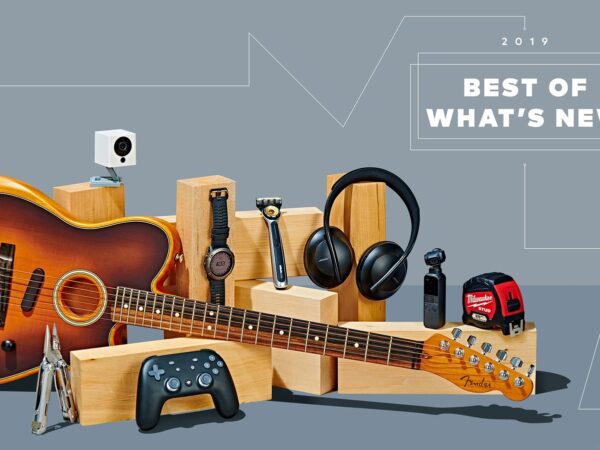The output first made a name for himself with careful sample software instruments such as analog & wind brass and exhaust, which utilizes the original instrument ‘Contact Player. The company even entered the furniture game with what might be the sexiest studio table for under $ 1,000. But the undisputed seed is an arcade, a subscription-based Macerler sample that constantly serves new sounds to mess around. Today the company launches version 2.0 which includes a number of improvements, but the biggest is the addition of “Note Kit” – which is only played by Chromatic instruments.
In the original version of Arcade you have what is now called kit sampler. Here you get 15 samples that are arranged across the keyboard on the white button, while getting a black key, stretching, reverse or speaking sound. But note kits such as other soft synth, and the keyboard is just a keyboard so you can use the arcade to rotate more traditional melodies and chords.
At the main UI you will now find the recommended record kit and kit sampler, and each row of sound packages is divided into two, with parts for each. The main interface for the note kit is not much different from the sampler kit. There is a keyboard at the bottom of the screen and four macro controls in the middle to modify the sound effects and add (though, they often use unclear terms such as space and breath).
Core arrogance from Arcades – to be approached as much as possible – it doesn’t change too. The four macros offer good control to form your voice. But, if you really want to get details, you can click the “Tweak” button at the top. This is where you will find the heart of the Synth Arcade machine. Similar to the Arcade Contact is a sample based. You can combine up to three different sounds then select start points, end and loop. There are also amplop amp, pitch and separate filters for each sample; Multimode filters with two different options and different low-passes and drives; The modulation section with an ADSR envelope, LFO and two sequencers 32 steps; Plus a number of default effects such as reverb, delay and chorus.
Although the set of sound design tools are quite comprehensive, the arcade is very easy to use. While the interface encourages you to just download the preset and start making music, it’s very easy to start making your own unique instruments. One problem is that, while you can start from the beginning to build your own record kit, it doesn’t stand out in the UI. And, as far as I know, there is no way to import your own voice to the Kit Note, only the sampler.
The creator of a special kit for samples has received a serious increase for version 2.0. The generator kit takes any sound from your personal collection – Do you record it yourself or download it from splice – and then use AI spitting several variations, and pairs with effects for further manipulation.
One of my little complaints is that you cannot change the sample variation until after you save the resulting kit automatically as a preset. All you can do is choose a set of predetermined macro effects that you want to attach with it. And if you are not satisfied with the results, it doesn’t seem to be you can delete a custom kit. Just delete what you downloaded from the output.
The application also gets a lightweight facelift too, with better visual feedback and simplified navigation. Although, one display for all the kits you download will be useful.
Combination of instant results and very sound design tools in making arcade very fun to use. It doesn’t always make a sound that other instruments or even the stock daw plugin you can’t. But it’s less boring.
You can try Arcade 2.0 for free for 30 days, after that $ 10 per month.

